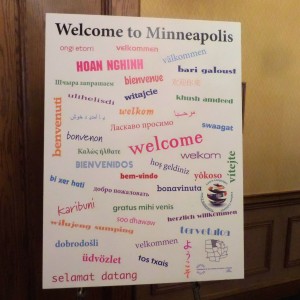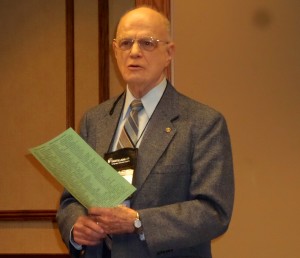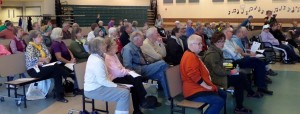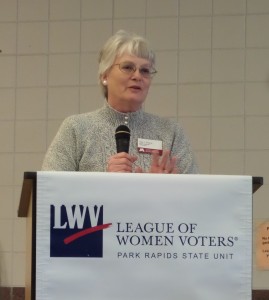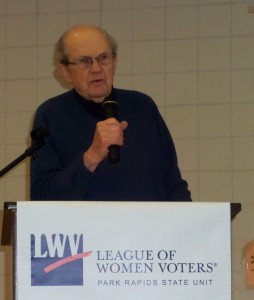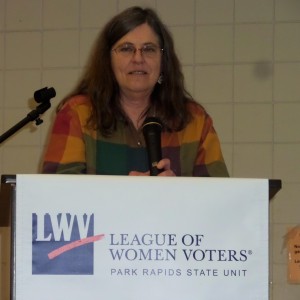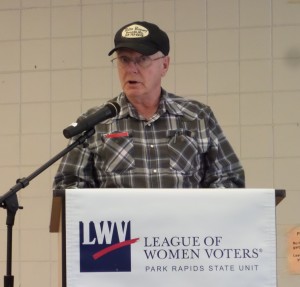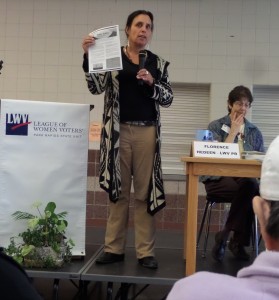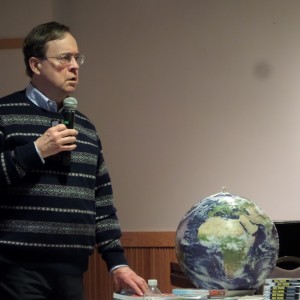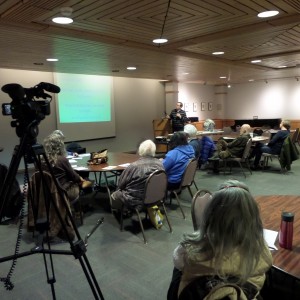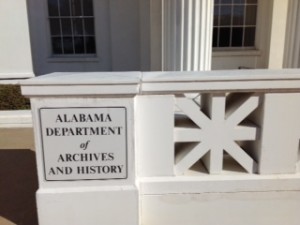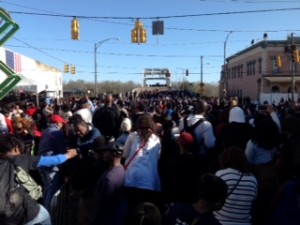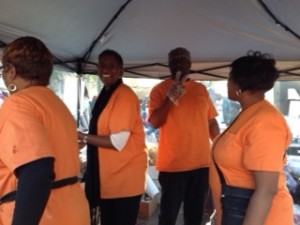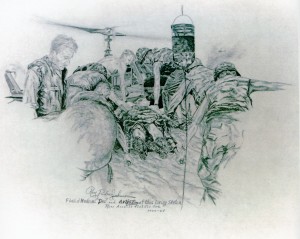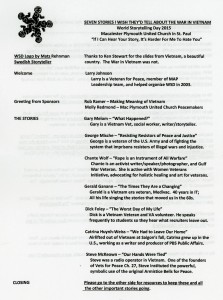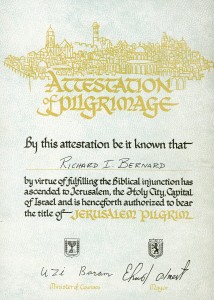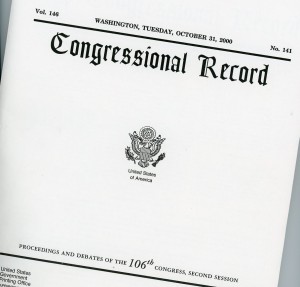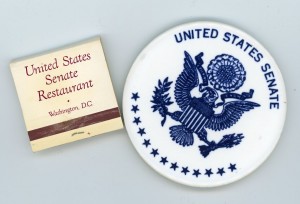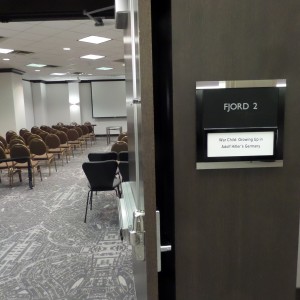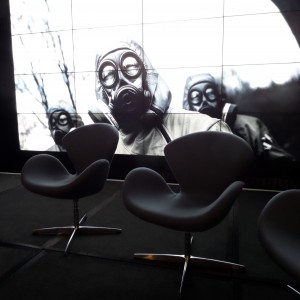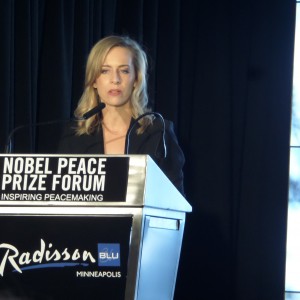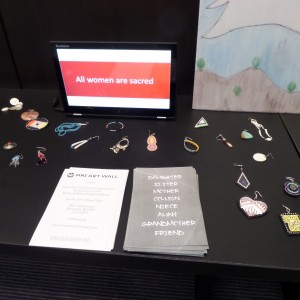#1008 – Dick Bernard: The Negotiations With Iran: "Eve of Destruction" or "Dawn of Correction"?
Last nights news had a rather dismal looking visual image: a rectangular table in Switzerland, around which were sitting many very serious and not at all confident looking men and women, attempting to come to some agreement about the general issue of nuclear and relationships between their own countries and Iran. The general story was that they weren’t at all sure they could come to a bargained agreement.
Of course, outside the room, were endless talking heads and written opinions about what was being done wrong, or should be done this way…or that…or whose fault it would be if things wouldn’t work out…. As is always true with unilateral arguments, these arguments always were airtight: there was no “other side of the story” to deal with.
Overnight, on another topic, came an interesting sentence from a friend to another discussion group about another much more mundane issue in the city of Minneapolis: “Compromise – something Americans are not very good at.” Indeed.
My predictions: there will be a deal, imperfect as such deals always are, which will look better and better as time goes on. Surrounding the deal will be those on all sides with vested interests to protect, but no “skin in the game” at the bargaining table, who will talk about “sellout”, and all the like. In the longer term, President Obama’s negotiations ability will be seen as a great strength, rather than a perceived weakness.
Many who know me, know I spent most of my working career involved in one sort of negotiations or another, from interpersonal disputes, to fairly large contracts between labor and management, to occasional labor strikes.
I’ve been there, done that.
There were quite frequent “deaths door” bargains where, near the end, the “sides” looked much like the parties mentioned earlier around the table in the Iran negotiations.
By the time this “deaths door” stage of negotiations was reached, everyone knew that their cherished non-negotiables most certainly had to be negotiated; that walking away was no longer a viable option.
They also knew that they would have to face their own particular “public”, who would complain vigorously about the results, and make assorted threats; and that the negotiators would have to say, “folks, this is the best we can do”.
The seasoned negotiators – the ones who’d done this thing two or three times or more – would know that, long term, the imperfect deal would look better and better; a building block for a better bargain next time, where both sides would actually win. That “win-lose”, which is actually “lose-lose”, was an undesirable option.
It is no particular secret that the Middle East is a jumbled up geopolitical mess at the moment, and has been for years. You don’t have to read far beyond the headlines to get that sense. There is a great plenty of blame to go around, abundantly including our own country and others past policies in the region. We like being in control. As stated earlier: “Compromise – something Americans are not very good at.”
As I observed so often in those smaller negotiations in which I was involved, it is necessary to go through the messiness to get to the brighter world existing from a negotiated settlement. But to get there you need to let go of many of your own cherished absolutes, and that is very hard to do. Better that the other side concede.
My prediction: there will be a negotiated agreement, and soon. It will be imperfect, but it will be a beginning.
Yesterday, when I was thinking of this post, after watching Charlie Rose’s interview of President Assad of Syria, and reading about places like Yemen, etc., I thought about Barry McGuire’s old song “The Eve of Destruction”. It’s pretty powerful.
I went to find out more about the song: about Barry McGuire, when it was written, etc., and stopped by the Wikipedia entry which revealed the song was a hit in 1965.
It was there, in the “people’s encyclopedia”, that I learned about another 1965 song, an answer to Eve of Destruction, called “Dawn of Correction” by a group called the Spokesmen.
I’d never heard of Dawn of Correction before, and listened to it, carefully. Very, very interesting point of view, also from 1965. Take a listen.
Directly related, from yesterday, here.

